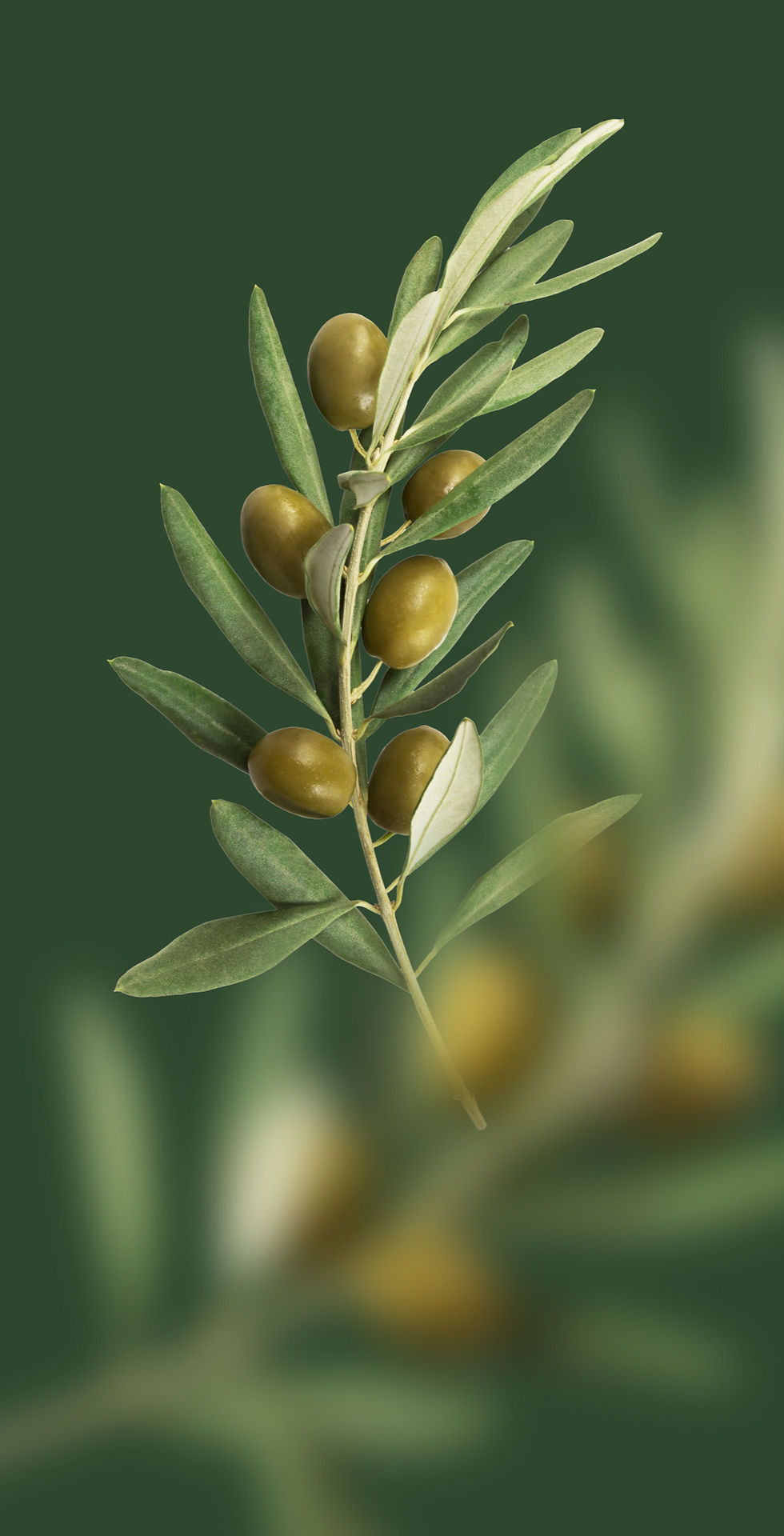Plants of religious significance
- Fiach OBroin-Molloy
- Jun 15, 2023
- 4 min read
Religion has been a part of human culture for thousands of years, and throughout history, many plants have been used to symbolise spiritual beliefs and values. In this blog post, we'll explore five of the most significant plants in religious history and the meanings behind them.

Olive Tree:
The olive tree is a symbol of peace and is often associated with the biblical story of Noah and the great flood. In the story, a dove was sent out to find land and returned with an olive branch in its beak, signalling the end of the flood and the beginning of a new world. The olive tree is also mentioned in the book of Isaiah, where it is referred to as a "tree of peace."
"And the dove came in to him in the evening; and, lo, in her mouth was an olive leaf plucked off: so Noah knew that the waters were abated from off the earth." - Genesis 8:11

Fig Tree:
The fig tree has been a symbol of prosperity and abundance since ancient times. In the Bible, the fig tree is mentioned several times and is often associated with the idea of a bountiful harvest. In the book of Revelation, the fig tree is seen as a symbol of God's promise of a bright future and the arrival of the messiah.
"And whatsoever he doeth shall prosper." - Psalm 1:3

Cedar Tree:
The cedar tree is a symbol of strength and endurance. In the Bible, the cedar tree is mentioned several times, and it is often used to represent the power and majesty of God. The cedar tree was also seen as a symbol of protection, and it was used in the construction of sacred buildings, including the Temple of Solomon.
"And he shall be like a tree planted by the rivers of water, that bringeth forth his fruit in his season; his leaf also shall not wither; and whatsoever he doeth shall prosper." - Psalm 1:3

Vine:
The vine is a symbol of life and growth, and it has been associated with religious beliefs for thousands of years. In the Bible, the vine is often used to represent the people of Israel and their connection to God. The vine is also mentioned in the parable of the vine and the branches, where it is used to represent the relationship between Jesus and his followers.
"I am the vine, ye are the branches: He that abideth in me, and I in him, the same bringeth forth much fruit: for without me ye can do nothing." - John 15:5
Lily:
The lily is a symbol of purity and innocence, and it is often associated with the Virgin Mary in Christian art and literature. In the Bible, the lily is mentioned several times, and it is used as a symbol of God's grace and the resurrection of Jesus. The lily is also a symbol of hope, and it is often used to represent the idea of a new beginning and the arrival of spring. "Consider the lilies of the field, how they grow; they toil not, neither do they spin: And yet I say unto you, That even Solomon in all his glory was not arrayed like one of these." - Matthew 6:28-29
Plants have played an important role in religious beliefs and practices for thousands of years. The olive tree, fig tree, cedar tree, vine, and lily are just a few of the many plants that have been used to symbolize spiritual values and beliefs. These plants serve as reminders of the timeless lessons and messages that have been passed down through generations, and they continue to inspire and remind us of the enduring power of faith and spirituality. Whether you are a believer or not, there is no denying the impact that these plants have had on human history and culture.
In today's world, it is easy to get caught up in the hustle and bustle of daily life and forget the simple pleasures and wonders of nature. However, taking a moment to appreciate the beauty and significance of these plants can help us connect with our inner selves and bring a sense of peace and renewal to our lives.

So, the next time you see an olive tree, a fig tree, a cedar tree, a vine, or a lily, take a moment to stop and reflect on the significance and symbolism that these plants hold. Whether you are walking through a park, admiring a garden, or just taking a stroll, these plants offer a powerful reminder of the timeless messages and beliefs that have shaped human history.
References:
"The Olive Tree - A Symbol of Peace." The Olive Tree, www.theolivetree.com/the-olive-tree-a-symbol-of-peace/.
"The Fig Tree: A Symbol of Prosperity and Abundance." The Fig Tree, thefigtree.net/the-fig-tree-a-symbol-of-prosperity-and-abundance/.
"The Cedar Tree: A Symbol of Strength and Endurance." The Cedar Tree, thecedartree.net/the-cedar-tree-a-symbol-of-strength-and-endurance/.
"The Vine: A Symbol of Life and Growth." The Vine, thevine.net/the-vine-a-symbol-of-life-and-growth/.
"The Lily: A Symbol of Purity and Innocence." The Lily, thelily.net/the-lily-a-symbol-of-purity-and-innocence/.
"The Bible and Plants: A Study in Symbolism." The Bible and Plants, bibleandplants.net/the-bible-and-plants-a-study-in-symbolism/.


Comments